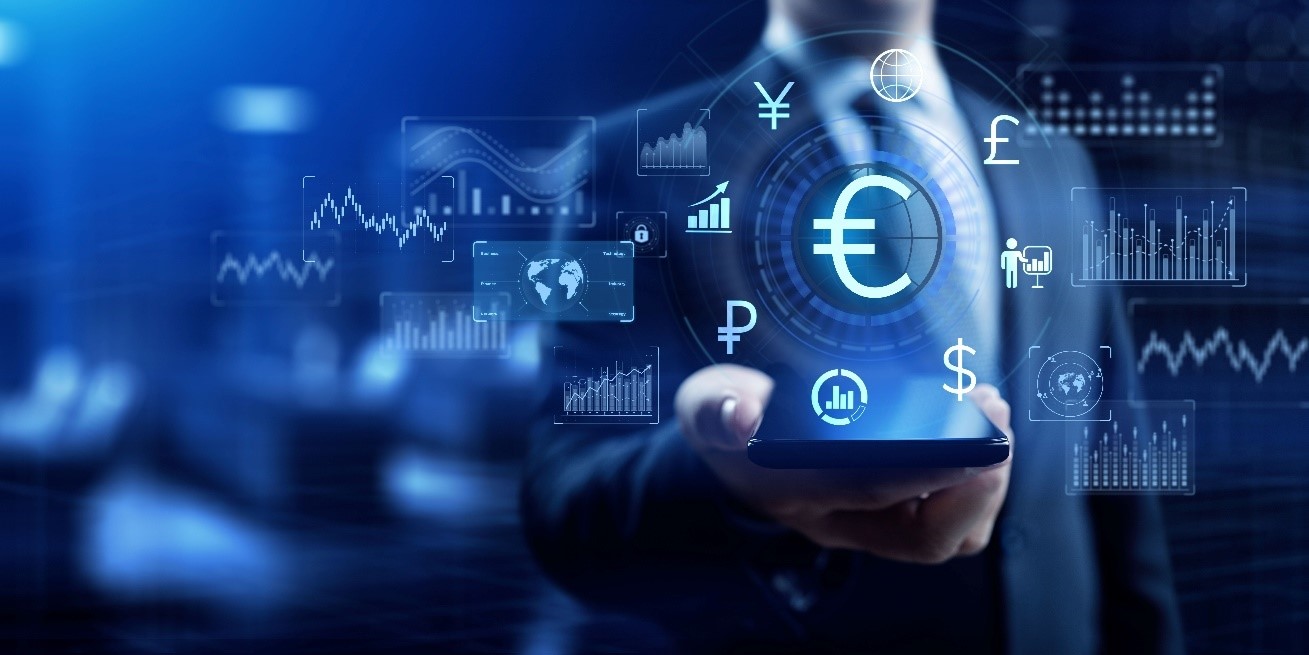The foreign exchange (forex) market is one of the most highly liquid markets in the financial industry. Across the world, there are trillions of dollars worth of trades being made each day, and the values of currency pairs are rapidly everchanging.
Therefore, it can prove difficult to keep solid track of what’s currently happening in the forex market.
Knowing the ins and outs of the current forex market performance is an essential influence for your trades, and allows you to make more informed, strategic decisions in your trading journey.
Thus, the best way to find out more about forex trading, and the market’s current condition, is to investigate the recent performance of currency pairs and establish all the factors that have, and are affecting its value.
Currencies, arguably more than any other asset in the trading world, are majorly impacted by various external factors. These can include a wide range of events and situations, each determining the changes in the value of a currency pair.
For instance, this could include political events (wars, political instability), or any economic changes (inflation rates, economic crashes).
If you want the best chance of making profitable forex trades, you need to assess the performance of currencies and establish an understanding of what their movements have been, and why this is the case.
In this article, we’ll apply this process to the Euro (EUR), one of the most traded currencies on the entire forex market. Read on to see how the EUR has performed in the first quarter of 2022.
January 2022
To most effectively represent the performance of the EUR, it’s best to measure the movements of the currency against the US Dollar (USD), considering the EUR/USD is the most popular currency pair on the forex market, at the time of writing.
In the early stages of January 2022, the value of the EUR averaged at around 1:13 USD, which was a reflection of the aftermath of coronavirus restrictions across Europe in November and December 2021 – where the EUR dropped from 1.16 to 1.12 USD, and there was a record-high Eurozone inflation rate of 4.9%.
As the month progressed, the EUR took a steep decline to 1.1 USD on January 26th. However, it started to quickly rise again on January 30th, which lasted until February 4th, when it ended at 1.14 USD.
The likely cause of this was Chairman Jerome H. Powell’s speech on January 26th, which detailed the rate hikes of the Federal Reserve. Powell predicted there will be huge interest hikes, and as a result, many investors started to bet against the USD, which decreased its value against the EUR.
February 2022
February saw the EUR sit steady at around 1.13 USD, as tensions were rising in Ukraine. The majority of investors worldwide were seeing the EUR value hang in the balance of the war forming in Ukraine from a Russian invasion. The value had slowly fallen from its peak at the beginning of this month, due to Russia advancing upon Ukraine.
Wars are a sure way to impact a currency value, and traders knew that should the war go ahead, the value of the EUR would be in severe danger of falling.
The war erupted in the latter stages of February, and the value of the EUR began a sudden decline on February 25th, landing on 1.08 USD on March 7th.
It’s not too difficult to predict a currency value decrease during a war. Countries not only have to halt production and trade, but the overall instability of a war discourages many investments in the economy.
March 2022
Throughout March, the value of the EUR has been fairly volatile. The value has risen and dropped twice, between 1.10 and 1.18 USD. This potentially reflects the uncertainty surrounding the current state of Europe during the invasion of Ukraine.
It seems as if investors are unsure whether to buy or sell EUR, and the constant confusion as to whether the war’s end is in sight is evidently influencing the hesitant fluctuations of the EUR/USD.
For instance, the EUR jumped to 1.10 USD on March 16th, as the Russian Foreign Minister alluded to peace talks with Ukraine, which naturally gave encouragement to the EUR’s value, and saw its steady rise.
Moving forward into the second quarter, the future of the EUR remains in the balance of several factors, including the outcome of the Russian invasion of Ukraine. We highly suggest keeping an eye on these events, to hopefully give you a clearer idea of the EUR’s predicted movements, thus helping you execute more accurate trades.
For further guidance on this, you would benefit greatly from a detailed economic calendar.








